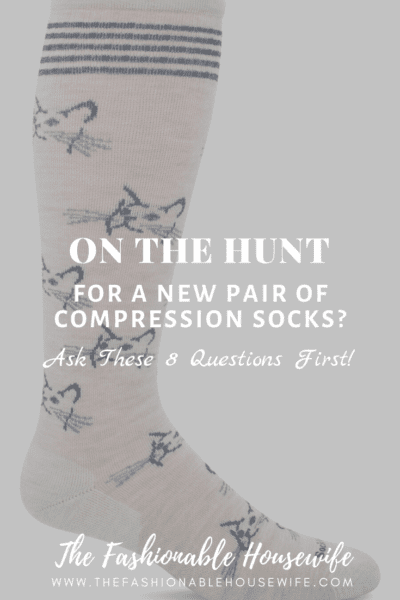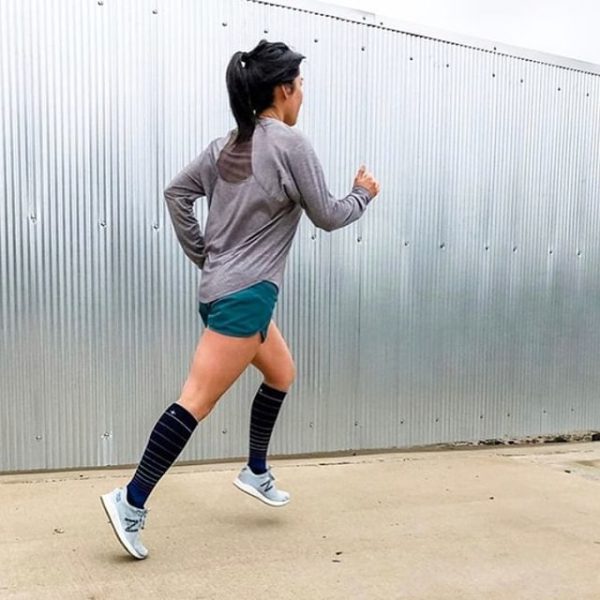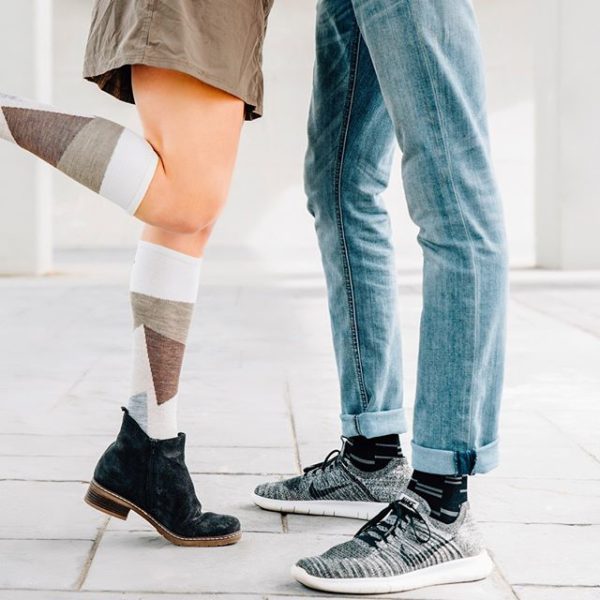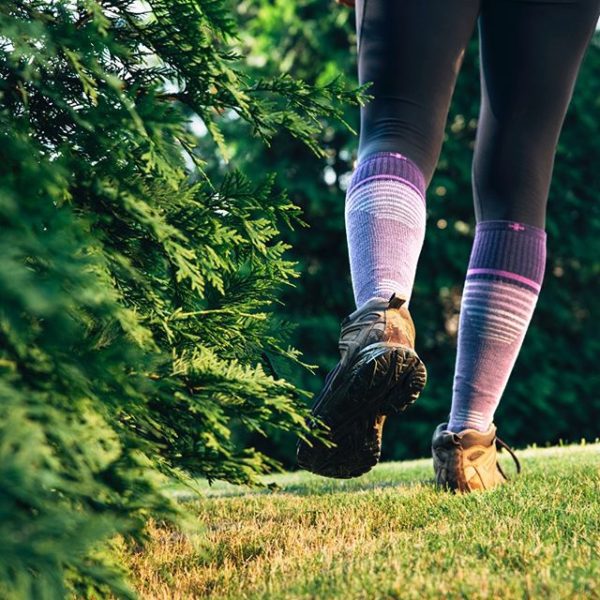
People wear compression socks for a lot of reasons. These include performance enhancement in sports, greater comfort while standing all day and help to prevent severe medical conditions, just to name a few.
Compression socks are designed to improve the blood flow in your feet. As a result, they can cause a lessening of pain in the feet as well as swelling in your legs. Compression socks, worn regularly, can help to prevent lots of serious problems such as deep vein thrombosis and others.
Just as is the case with many products, there are many very different types of compression socks.
Some of these are so attractive, you might not recognize them as compression socks. For a great selection, browse SockWell USA. By the time you read the points made in this article, especially the questions below, you should have an excellent idea of whether compression socks are for you and which are best.

Compression Socks: What They Are and Where to Get Them
Compression socks are snug-fitting, stretchy socks that gently squeeze your foot and leg. Compression socks are specially made to fit tighter around your ankle and get looser as they go up to your leg. Compression socks can be purchased online, and if your doctor prescribes them, your insurance may pay for them. Compression socks used to be quite expensive, but thanks to modern technology, many are about the same cost as regular socks.
What Are Compression Socks Used For?
People wear compression socks for many different reasons. These include:
- People who have circulation problems such as DVT, varicose veins, and diabetes
- People who have a hard time moving their legs or can’t leave their bed
- People who stand all-day
- People who participate in athletics
- Pregnant women
- People who spend a lot of time on airplanes, such as flight crews
The Types of Things Compression Socks Do
Compression socks help make the blood vessels in your legs work better. The arteries in the legs move oxygen-rich blood from the heart to the body’s muscles and organs. Sometimes, under certain conditions, this blood doesn’t flow as freely as it should, causing the pooling of the blood. Compression socks help the circulation of the blood so it moves from the heart to the rest of the body better and from the body back to the heart. And, since blood circulates better, it is harder for blood to form a clot. If a clot breaks free and travels to the heart or lungs, it can kill. It is also difficult for blood to flow around clots, which causes discoloration and swelling.
Compression socks can also keep your legs from getting achy and tired. They can also relieve swelling in your feet and ankles and prevent and treat varicose veins and spider veins. Compression socks can even help to prevent a person wearing them from feeling light-headed and dizzy when they stand up.
Many athletes, such as runners, triathletes, basketball players, and others, wear compression socks on their legs to encourage better blood flow and promote oxygen-rich blood flow to their muscles and prevent tissue damage. It is also thought that compression socks help athletes after their events to help muscles recover faster and to avoid cramping.
Types of Compression Socks

In the past, compression socks were not only bulky, but not much to look at either. Fortunately, today it would be difficult, in some cases, to tell compression socks from any other casual type of footwear. Not only are compression socks effective at performing their function, but they are very attractive as well.
Compression socks not only come in a wide variety of colors and sizes but different lengths as well. Some compression socks are more like the old “footie” variety of socks, and there are those that are thigh-high. Different also is the variety of pressure levels of compression socks.
Compression socks should fit snugly, but not painfully tight. The compression provided by socks should be enough to keep your feet comfortable all day. Anyone who wears compression socks for medical reasons should consult with their doctor to fit their specific needs.
How to Wear Compression Socks
To put on compression socks, they should be gathered to the toe and pulled on, smoothing them up to the thigh. Avoid bunching them, and make sure they are smooth against your skin.
Compression socks should not be too long, and they should not fold or roll down. When they do this, it means they are too tight. Further, compression socks that are this tight could cause blood flow problems or cut off circulation.
For the most part, compression socks can be worn all day, or during specific events, but anyone who wears them for medical reasons should consult with their physician for specific wearing instructions.
Common Questions About Compression Socks

The information provided above should be adequate for most wearers. The questions below should guide wearers toward specific products.
1. What are the compression strengths available?
Compression socks are available in a variety of strengths, depending on the needs of the user. The best provider of compression socks is those firms that carry the greatest selection.
2. What compression sock sizes and lengths does a firm carry?
The pressure is generally not the measurement most wearers are looking for. Wearers also need to find the correct size and length. There might also be other compression therapy options and needs.
3. What alternatives are there to compression socks?
There are alternatives to compression socks, but for good looks and convenience, nothing is matching a good pair of compression socks.
4. What is the best way to wash and care for compression socks?
A good quality compression sock should last for many months if they are cared for properly. Unfortunately, using hot water and a hot dryer on compression socks can wreak havoc on them. Be sure you ask for specific laundering instructions so your compression socks last a long time.
5. How long is the compression guaranteed?
This depends on the product. The compression guarantee is different among manufacturers.
6. How is the best way to get compression socks on and off?
When most wearers first get their compression socks, they find them challenging to get on and off. Fortunately, with a little practice, it becomes much easier. Always start at the toe and work the socks on gradually.
7. How long should compression socks be worn?
This depends on the wearer and how long they are comfortable wearing them. Consult a physician for specific instructions.
8. Is there a point at which compression socks should not be worn?
Not really. They can be worn as long as they are comfortable
With wear, most compression socks are comfortable and perform their function well. Most wearers end up preferring them to other sock types.
In short, you should own at least one pair of compression socks! Don’t wait, go find some today!
Images from @SockwellUSA



